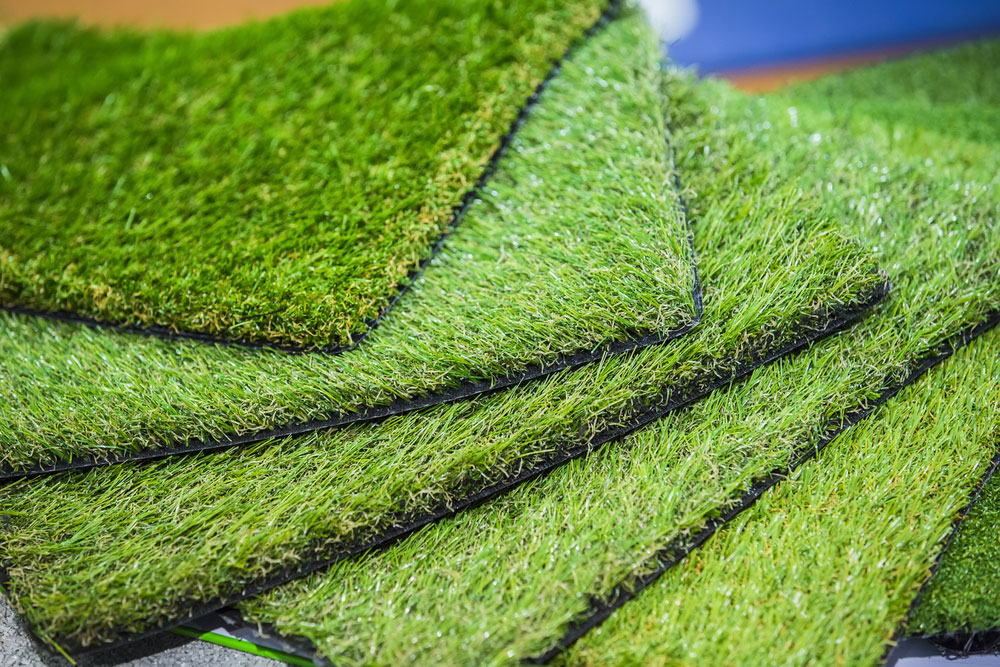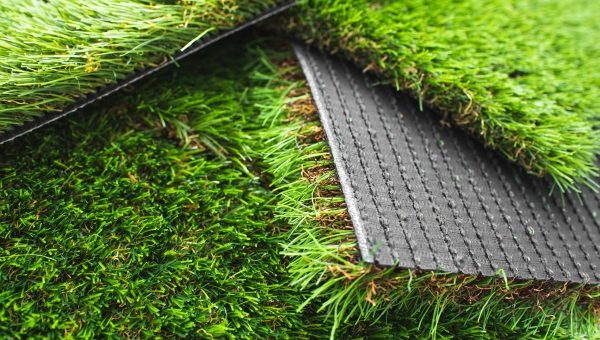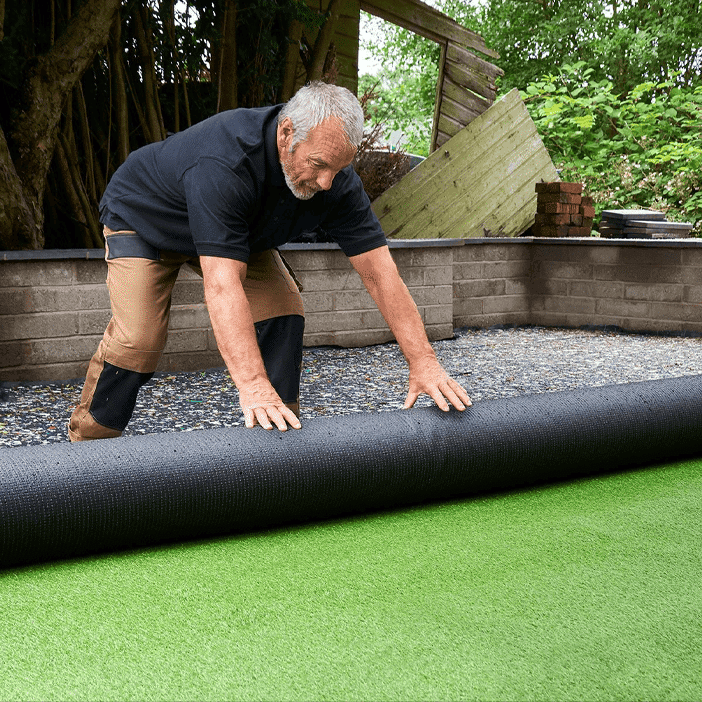Leading Phoenix Turf Companies Delivering Premium Synthetic Lawn Solutions
Wiki Article
Explore the Environmental Advantages of Opting for Synthetic Grass Solutions
The fostering of fabricated turf options provides a compelling possibility to attend to pushing environmental obstacles. By considerably lowering water usage and minimizing the application of hazardous chemicals, these alternatives not just advertise sustainable landscaping yet likewise secure local communities.Water Preservation Perks
One of the most significant benefits of synthetic grass is its ability to preserve water. Traditional turf lawns require considerable irrigation, specifically in locations vulnerable to drought or water constraints. In contrast, artificial grass does not need watering, dramatically minimizing the total demand for water sources. This attribute is especially helpful in arid regions where water scarcity is a pushing worry.By getting rid of the need for regular watering, fabricated lawn adds to lasting landscape methods and assists mitigate the ecological impact of extreme water consumption. The conservation of water expands to the decrease of overflow, which can lead to dirt erosion and river contamination.
Furthermore, the installation of synthetic grass enables house owners and communities to assign water sources a lot more successfully, concentrating on crucial usages such as alcohol consumption water and agriculture. The change in the direction of fabricated turf not just advertises liable water usage however additionally aligns with more comprehensive environmental goals aimed at protecting natural deposits.
As communities increasingly prioritize sustainability, the water preservation advantages of synthetic grass offer a compelling case for its adoption in domestic and business landscape design jobs.
Decreased Chemical Use
The transition to synthetic turf considerably reduces the dependence on chemical therapies frequently utilized in natural grass maintenance. Typical turf management typically includes the application of herbicides, chemicals, and fertilizers to advertise growth and control bugs. These chemicals can posture risks to human health and wellness, regional wildlife, and the setting, contributing to soil and water contamination.In comparison, synthetic grass removes the need for these damaging materials. By decreasing the release of artificial compounds into the ecosystem, artificial grass promotes healthier soil and water systems.
Furthermore, the lack of chemical overflow connected with synthetic grass installments helps safeguard local waterways from contamination, sustaining aquatic life and keeping biodiversity. Phoenix turf companies. As communities significantly focus on lasting practices, choosing synthetic grass provides a practical solution that straightens with environmental conservation goals. Through this shift, residential property proprietors can enjoy rich environment-friendly rooms without compromising environmental wellness, leading the way for a more sustainable future
Lower Carbon Footprint

Furthermore, the installation of synthetic grass can lead to considerable water find here conservation. All-natural grass call for significant quantities of water for irrigation, which not just includes in the carbon impact linked with water extraction and treatment yet also pressures local water sources. On the other hand, synthetic lawn needs very little maintenance, requiring no watering, consequently considerably minimizing water use and its connected energy prices.
Additionally, the longevity of synthetic grass adds to its decreased carbon influence. With a life-span of approximately 15 years or even more, the demand for frequent replacements is reduced, resulting in much less waste and reduced power consumption in production and throwing away typical yard options. Generally, man-made turf offers a sustainable option for ecologically mindful landscaping.
Habitat Preservation
Habitat conservation is a critical consideration in the debate over landscape design choices, specifically when comparing synthetic grass to natural turf. All-natural yard yards commonly call for comprehensive upkeep, consisting of making use of fertilizers, herbicides, and chemicals, which can adversely affect regional communities. These chemicals can leach right into the soil and rivers, hurting native plants and animals and disrupting regional environments.
Fabricated turf eliminates the demand for dangerous chemicals, thus protecting close-by wild animals and keeping the integrity of bordering environments. The installment of fabricated lawn can lead to the conversion of former yard locations right into even more biodiverse landscapes, such as pollinator gardens or indigenous plant areas, which can support local wild animals.
Inevitably, the change to artificial lawn not just conserves water and minimizes upkeep initiatives however also fosters a more harmonious partnership between human activities and the natural surroundings, promoting environment preservation while doing so.
Long-Term Sustainability
Long-lasting sustainability is an essential consider reviewing the advantages of synthetic grass over standard lawn yards. Among the most substantial advantages of synthetic grass is its resilience; it can last up to 15-20 years with very little upkeep, whereas all-natural yard calls for regular reseeding and substitute. This long life lowers the need for continuous sources, such as water, plant foods, and pesticides, which are essential for maintaining a healthy and balanced yard lawn.Additionally, synthetic grass adds to a decrease in read the full info here carbon emissions linked with yard treatment devices. Traditional grass typically require gas-powered mowers, trimmers, and blowers, every one of which add to air contamination. Phoenix turf companies. In comparison, synthetic grass gets rid of the demand for such equipment, promoting a cleaner setting
Moreover, the manufacturing of synthetic grass progressively utilizes recycled materials, improving its sustainability profile. As producers adopt environmentally friendly methods, the environmental impact of artificial lawn proceeds to decrease.

Conclusion
The fostering of synthetic grass solutions provides significant ecological advantages, consisting of substantial water preservation, lowered reliance on hazardous chemicals, and a reduced carbon impact. Man-made grass aids in protecting all-natural habitats by reducing land disturbance and advertising long-lasting sustainability through the usage of durable products. Collectively, these aspects highlight the capacity of synthetic grass to add positively to environmental health and supply a sensible official statement option to typical landscaping practices in an increasingly resource-conscious globe.In comparison, man-made turf does not require watering, dramatically decreasing the overall need for water resources. By reducing the launch of artificial compounds right into the community, man-made turf promotes healthier soil and water systems.
Additionally, the installment of artificial turf can result in considerable water conservation. In contrast, fabricated turf requires minimal maintenance, calling for no watering, thereby considerably lowering water usage and its associated energy expenses.

Report this wiki page